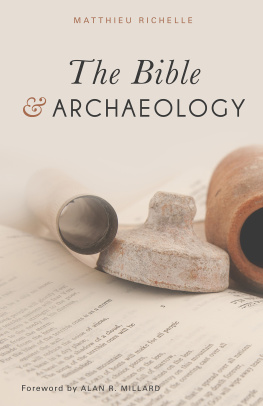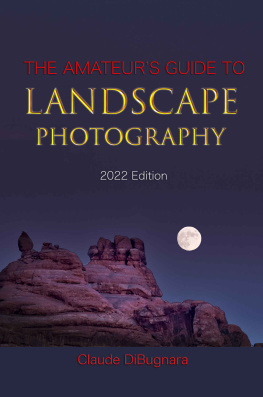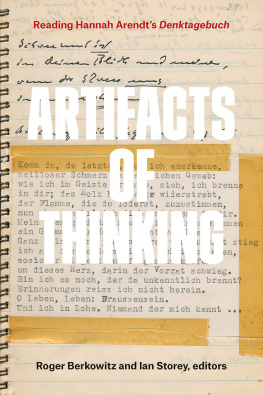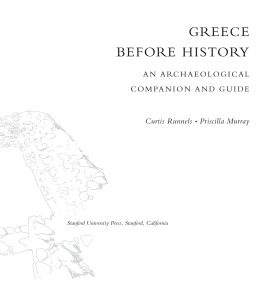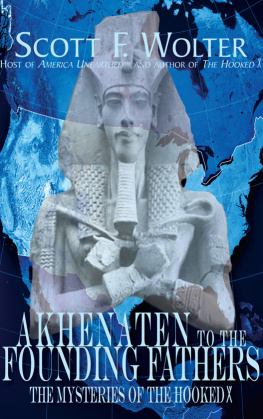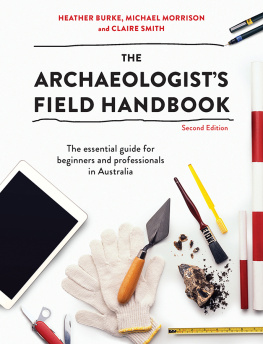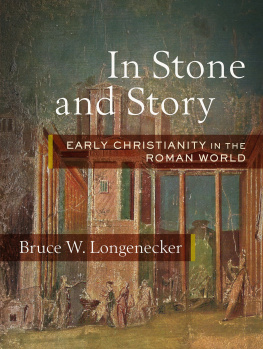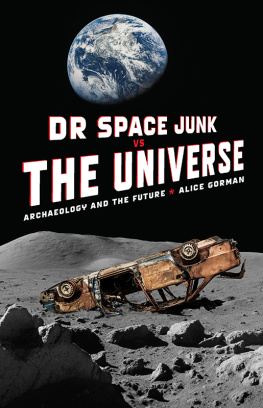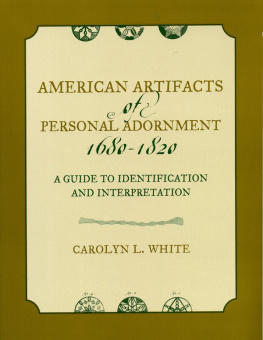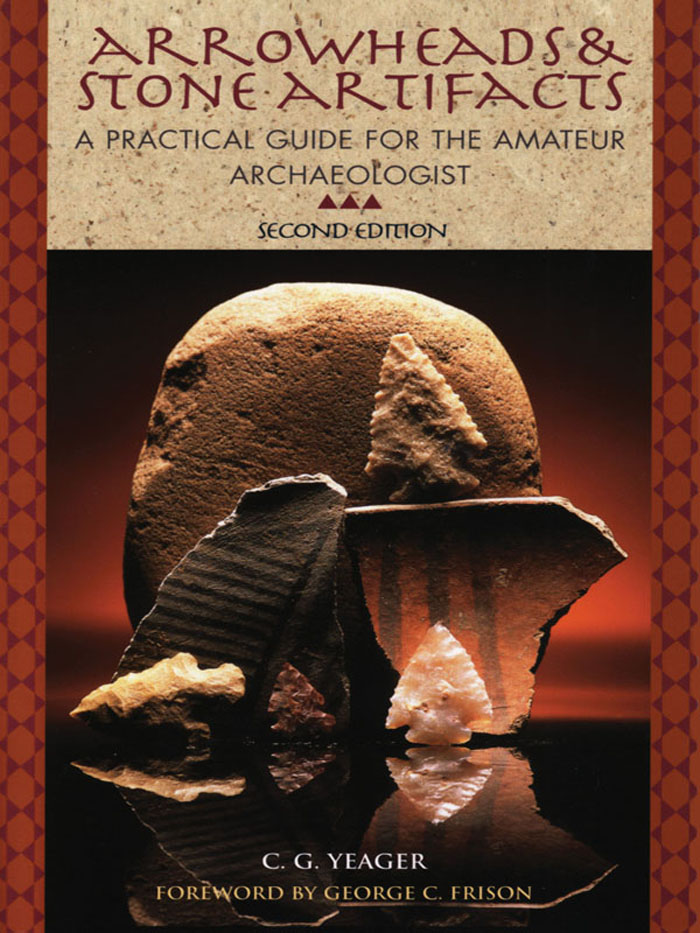ARROWHEADS &
STONE ARTIFACTS
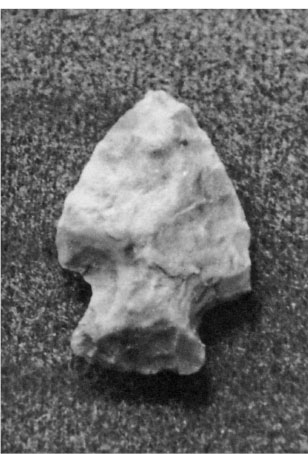
Illustration 1 Petrikins Hill arrowhead, Greeley, Colorado.
ARROWHEADS &
STONE ARTIFACTS
A PRACTICAL GUIDE FOR THE AMATEUR
ARCHAEOLOGIST

SECOND EDITION
C. G. YEAGER


THE PRUETT SERIES
1986, 2000 by C. G. Yeager
All illustrations and photographs by the author unless otherwise credited, with the following exceptions: illustrations 1, 16, 21, 36, 75, 101, 126, 133, 134, 146 by Norman Wood.
ALL RIGHTS RESERVED . No part of this book may be reproduced without written permission from the publisher, except in the case of brief excerpts in critical reviews and articles.
Library of Congress Cataloging-in-Publication data
Yeager, C. G. (Carl Gary), 1942
Arrowheads & stone artifacts : a practical guide for the amateur archaeologist / C.G. Yeager.2nd ed.
p. cm.
Includes bibliographical references (p.) and index.
ISBN 978-0-87108-912-0 (pbk.)
ISBN 978-0-87108-992-2 (e-book)
1. ArchaeologyField work. 2. ArrowheadsCollectors and collecting. 3 Stone implementsCollectors and collecting. I. Title: Arrowheads and stone artifacts. II. Title.
CC76.Y43 2000
930.1dc21
00-036607
WestWinds Press
An imprint of

P.O. Box 56118
Portland, OR 97238-6118
(503) 254-5591
www.graphicartsbooks.com
Cover and interior design by Julie Noyes Long
Front and back cover photographs by Stephen Collector
Book composition by Lyn Chaffee
This book is dedicated to my wife, Sue, who has been my steady companion in hunting artifacts for many years. A husband could never ask for a more faithful and devoted wifeshe is a real trooper. She has always provided faith and inspiration when the going gets tough. When hunting for artifacts she is usually the first one out and the last one in, no matter how the hunting is or what the conditions are like. Her energy is not directed toward being the first one to find all the artifactsshe genuinely enjoys watching others find nice artifacts, too. She is very generous, compassionate, and truly a lot of fun to hunt artifacts with.
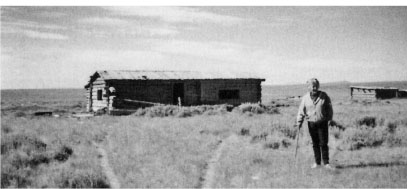
Illustration 2 Sue Yeager at homestead site in central Wyoming.
CONTENTS

LIST OF ILLUSTRATIONS

I LLUSTRATION NUMBER :
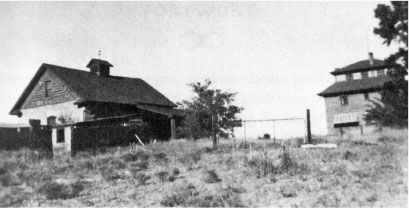
Illustration 3 The home of J. M. B. Petrikin on Petrikins Hill in Greeley, Colorado, as it looked in 1950. Note the native sod in the area of the prehistoric campsite. This site is now occupied by the student center of the University of Northern Colorado. Photo courtesy of the Greeley Municipal Museum.
FOREWORD

Anyone who frequents the great outdoors stands a good chance of encountering artifactual evidence of earlier inhabitants. Such an experience can affect individuals in different ways. At the age of four, while trailing along horseback behind a herd of cattle on the family ranch in Wyoming, I noticed a strange appearing stone. Not knowing what it was, I put it in my pocket and that evening my grandmother identified it as the most unusual artifact she had ever seen. From that day on, I was hooked on archaeology and went through all of the stages of collecting and finally, realizing that archaeology was more than gathering artifacts, decided to pursue the subject through the academic discipline of anthropology, a decision I have never regretted.
The other extreme is exemplified by an old sheepherder I knew who would pick up artifacts, lay each one on a flat rock and smash it with another rock, and then throw the pieces as far as he could. This all changed on the day he discovered he could trade a complete projectile point for a drink at the local bar in town. One result of this was displays of artifacts glued to boards with no record of provenience and little if any archaeological value.
Between these two extremes lies a large group that, from a wide variety of experiences, have become hooked on archaeology as an avocation. They occupy many different walks of life and a good share of their spare time is occupied in the pursuit of artifacts and learning more about them. Most of these individuals read the relevant literature, are serious in making worthwhile contributions to archaeology, and maintain a good level of cooperation with professional archaeologists. Collectively, avocationals have shared information that has led to the identification and study of sites that provide a large share of the present data, particularly in the area of Paleoindian studies where sites are often small and the forces of nature rapidly expose and destroy evidence. We need the practiced eyes of knowledgeable avocationals who can spot this kind of evidence and bring it to the attention of researchers.
In the 1986 edition of this book, the late Dr. H. Marie Wormington, that venerable First Lady of North American Paleoindian studies, clearly stated the obligations imposed on avocational archaeologists. (1) Keep accurate records of what you find. (2) Maintain contacts with researcher so that an important site or other forms of data will not slip through the cracks. (3) Educate yourself so that you can intelligently discuss and transmit the results of your findings to others.
Things have changed for avocationals in the last few decades. Collecting on federal and state lands is severely restricted and, as a group, private landowners are more deeply and rightfully concerned about the liabilities that can develop through trespassing, During this same time period, the methodology of archaeology has radically changed placing a much greater onus on the avocationals to keep abreast of new developments. However, this revised edition offers the serious avocationals a directive for pursuing an interest and at the same time contributing in positive ways to the scientific descriptions of archaeology.
G EORGE C. F RISON
PREFACE

After fourteen years and excellent sales of the first edition of this book, it has become obvious to me that I have learned a lot since 1986 and that this book should be updated, expanded, and, in some cases, corrected. As I stated in the original edition, I do not claim to be an expert in the field of archaeology. I have, however, continued to study and have associated myself with a number of individuals who are far more knowledgeable than I am. Through this study and collaboration comes this revised edition, a practical guide for the amateur collector of arrowheads and stone artifacts that provides guidance on how to collect properly.


